How do web3 storage solutions address growing needs for massive data storage, heightened security, and near-instant finality?
The quest for secure, reliable, affordable, and intuitive data storage methods is more important than ever in the AI and big data age.
\ But centralized cloud storage, despite its widespread adoption for its ease-of-use and scalability, has shown signs of struggle when attempting to keep up with the rapid pace of innovation; centralized solutions, sometimes referred to as web2 solutions, aren’t without their pitfalls.
\ Issues like vulnerability to data breaches and privacy concerns are significant drawbacks. This is where decentralized storage, also referred to as web3 storage, looks to take the baton; harnessing the power of blockchain technology, web3 storage disperses data across a global network of computers, drastically minimizing risks and placing the reins of data control firmly in the users' hands. Web3 storage can also speed up content delivery times and reduce overheads.
\ This pivot towards web3 storage looks to align with the dynamic needs of our ever-evolving digital landscape. It's a leap towards a future where data is not only safeguarded but also managed with greater efficiency and autonomy.
\ In this article, I zoom in on four web3 storage projects that are gearing up to steal the spotlight. These projects are redefining the norms of digital data management, developing decentralized storage solutions that offer increased security, no single point of failure, and more data privacy.
\ 
Filecoin
Born from the minds behind InterPlanetary File System (IPFS), Filecoin tackles everything from trust issues to centralized dependency head-on.
\ Its decentralized network is vast and adaptable, fortified with cryptographic storage proofs for unbeatable security. \n \n Relying on centralized data storage has a major shortcoming: it's hard to systematically verify the integrity of the stored data. The Filecoin storage network is a peer-to-peer version of Amazon S3. It’s built on top of IPFS, which serves as the Filecoin network’s distributed data storage and sharing layer. Filecoin regularly verifies the storage of data and uses deals that price the storage based on supply and demand dynamics instead of a fixed pricing structure.
\ A storage deal is like a contract with a service-level agreement (SLA) — users pay fees to storage providers to store data for a specified duration. To keep data safe, Filecoin uses a crypto-economic incentive model that regularly verifies the storage with zero-knowledge proofs. To incentivize storage providers to participate in deals, Filecoin rewards them with FIL, the network's native token. Storage providers are also slashed in the event they either fail to provide reliable uptime or act maliciously against the network. \n \n
Filecoin’s storage market continued to grow in Q3'23, as active deals were up 45% QoQ and nearly 10x YoY. Simultaneously, as Filecoin’s storage capacity decreased by 10% QoQ, storage utilization grew from nearly 8% in Q2’23 to almost 13% in Q3’23.
\ The cost of storage is cheaper than a cup of coffee. The catch? Its unique incentivized structure for storage, while innovative, could hit scalability snags as demand skyrockets.
Statistics
Storage cost per month: $0.19/TB \n Download Speed: 5.12Mbps \n Upload Speed: 2.76Mbps
Pros
+ Dynamic Pricing Model:
Filecoin operates on a dynamic pricing model, where costs are determined by market demand and supply. Storage providers set their prices, and users choose based on their preferences.
\ + Redundancy:
With its robust global network of storage providers, Filecoin ensures data availability and redundancy, making it a reliable choice for various storage needs.
\ + Affordable:
Filecoin makes storage extremely affordable. It stands out when it comes to affordability.
Cons
- Profitability Concerns:
Despite its innovative approach to decentralized storage, a significant and first mover advantage, the challenge for Filecoin lies in achieving profitability. This issue is particularly pronounced given the complexity and evolving nature of the decentralized storage market.
\ Filecoin burns at least $15m-$20m every month, with most revenue coming from penalties or slashing, according to recent financial statements.
\n
- Limited Investor Interest:
Filecoin, active since May 2017 and heralded as a forerunner in internet data storage, faces a lack of enthusiasm from large investors, which could be crucial for its long-term growth and success in a competitive industry.
\n
- Incentive Structure:
Filecoin’s unique incentivized structure for storage, while innovative, could hit scalability snags as web2 users flock to web3.
\ - Speeds:
Filecoin is less suited for hot storage (frequently accessed data) primarily due to its retrieval speed.
\ On the Filecoin network, data is typically encrypted and sealed into sectors by default. This sealing is crucial for storage providers to create storage proofs. However, accessing this data requires an unsealing process, which involves decryption and takes as much time as the sealing process. These steps, while vital for security and integrity, lead to slower data retrieval times on Filecoin.
\ Moreover, Filecoin, which utilizes the IPFS protocol, can experience slow data retrieval. In IPFS, when searching for a file, a node first checks its own cache. If the file isn't found, it asks for nearby nodes. If still not found, the node searches the Distributed Hash Table (DHT), a database tracking file locations across the network. This process of querying multiple nodes is more time-consuming compared to traditional server-based direct file access, contributing to the slower retrieval speeds in both IPFS and Filecoin sompared to others on this list.
Conclusion
As a market leader in web3 storage, Filecoin offers individuals and enterprise users reliable and affordable solutions.
\ This being said, in such a quickly evolving industry, I hope that an apparent lack of profitability and the potential inability to scale if and when web2 users flock to use decentralized alternatives in the future doesn’t prohibit the platform from being successful in 2024 and beyond.
\ 
STORJ
Storj is another project that has been operating for a reasonably long period of time (especially in crypto years), having published its whitepaper back in 2014.
\n With over 23,000 active nodes around the world, Storj harnesses the planet’s underused storage and bandwidth, offering a secure haven for data of many varieties. This approach opens doors for diverse users, particularly developers needing decentralized sanctuaries for their data.
\ 
\ Storj was one of the first projects to tackle storage on the blockchain. They use client-side data encryption and file sharding to store the files in a secure manner on a peer-to-peer network.
They also want to make it easy to use with an Amazon S3-compliant gateway. This will allow users to easily interact with the Storj network with a familiar user experience. Moreover, given that it will be decentralized, there is very little risk of data loss.
\ In essence, Storj utilizes a decentralized network comprising numerous nodes run by people worldwide to develop a robust and safe storage facility. The approach, coined as “dePIN” which means Decentralized Physical Infrastructure Network, also helps in improving security and privacy, which is something that makes this method superior compared to others. Store uses encryption of data and sharding to ensure no single points of failure.
\ Storj is by design impenetrable to censorship and interruption in service delivery, an important aspect of ensuring continuous availability of information in an age of massive data requirements for the enterprise.
\ Storj stands out because it adopts a clear strategy to ensure user-friendliness and enhanced data security; support for Amazon S3 makes user interaction on Storj more familiar to web2 developers and reduces barriers to entry.
Stats:
Storage cost per Month: $4/TB
Download Speed: 7.8Mbps \n Upload Speed: 3.6Mbps
Pros:
- Expanding Network:
The Storj network's growth is impressive, skyrocketing from about 6,000 nodes in 2020 to over 22,000 in 2023. This surge indicates the platform's appealing technology and incentives are successfully attracting new participants.
\ - Global Reach:
The distribution of Storj's nodes is commendable, spread across over 106 countries. This wide geographic spread is crucial for resisting any authoritarian influence and speaks volumes about the network's stability and resilience.
\ - Security First:
Storj ensures every piece of data uploaded is encrypted by default. This approach eliminates risks associated with optional encryption and heightens the security for users.
Cons:
- Centralization Concerns:
Despite its decentralized claims, Storj Labs holds considerable control over key decisions, such as pricing and token releases. This creates cognitive dissonance and trust issues among users aware of the contradiction.
\ - Lack of Community Engagement:
Storj's social media and community forum presence are surprisingly lackluster. In an industry where community involvement is vital, this lack of deep engagement is a notable shortfall.
\n
- Token Supply:
With a maximum supply of 425 million STORJ tokens and a large portion already in circulation, concerns arise about the potential market impact of the remaining tokens, particularly the substantial chunk controlled by STORJ Labs. This uncertain future supply dynamics could be a cause for unease among stakeholders.
\ 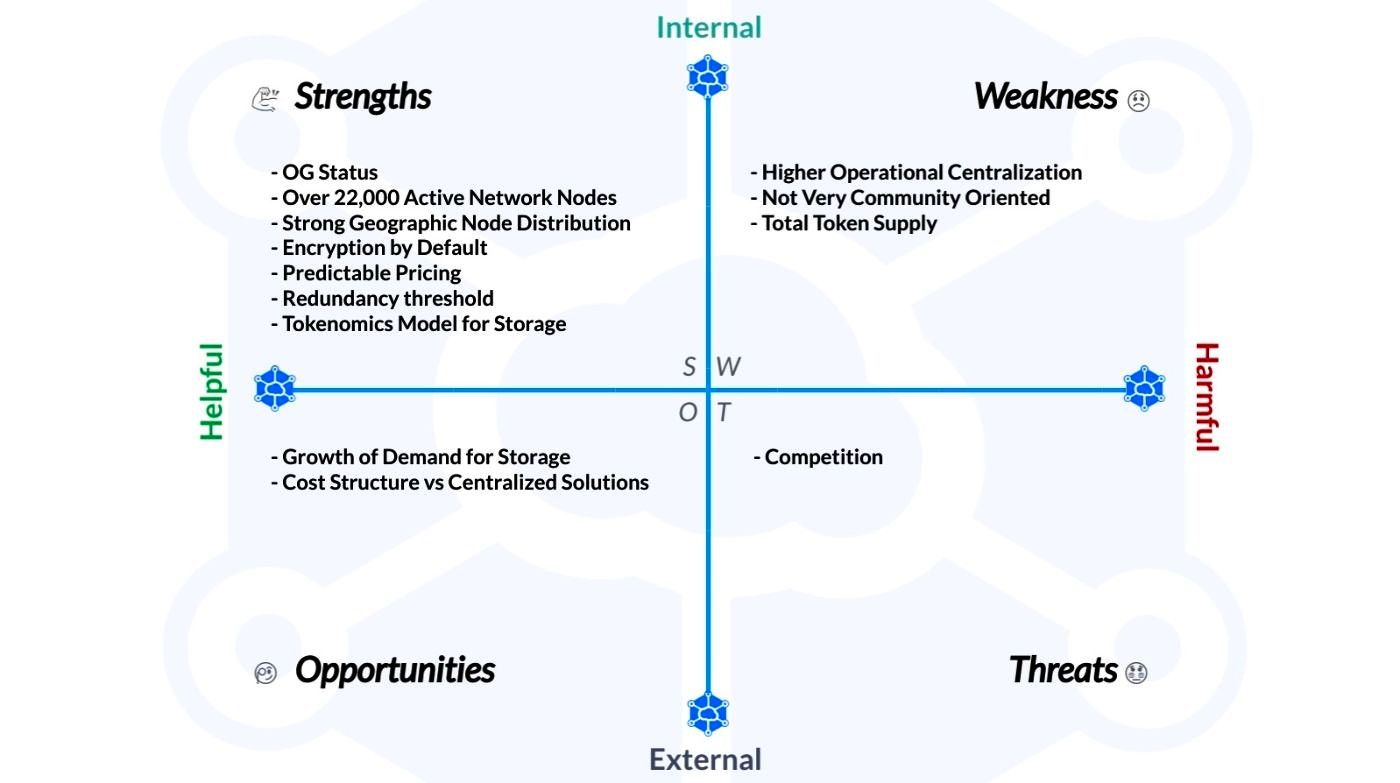
Conclusion
Storj’s efforts to make web3 storage more accessible to traditional developers do not go unnoticed, and their dePIN mechanics highlight a considerable shift in how networks could be powered in the future.
\ The uncertain future of the remaining token supply and a lack of consideration for their community could prove detrimental at some stage, but I hope these concerns will be addressed in the near future.
\ \ 
AIOZ Network
AIOZ Network is developing comprehensive infrastructure solutions for web3 storage, decentralized AI computation, live streaming, and video on demand (VOD). The project has been running for several years; launching in 2021, the company has also worked on AI enterprise solutions outside of blockchain for 6+ years.
\ The long-term vision of AIOZ Network is to establish itself as the premier dePIN provider for web3 decentralized applications (dApps). With 36,000+ nodes worldwide being run by humans and a comprehensive set of features and capabilities, AIOZ Network looks to provide everything necessary for dApps to run and host their content seamlessly.
\ 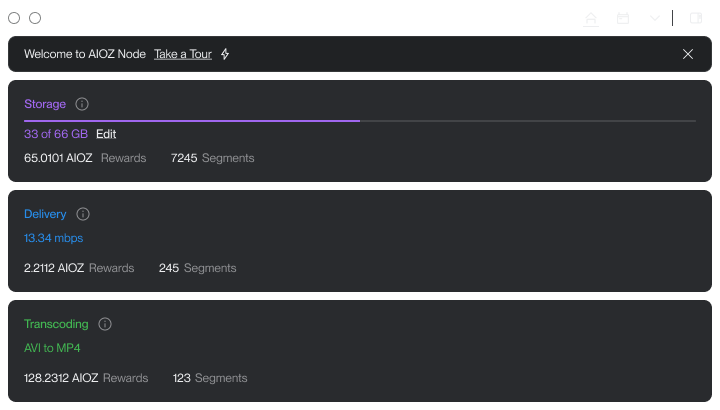
\ AIOZ Network infrastructure includes web3 storage, and with their solution AIOZ W3S being released later this month, we got the first insight into some of the specifics surrounding their product.
\ AIOZ Web3 Storage (W3S) is a highly versatile object storage infrastructure with S3 compatibility for Web3 dApps. By leveraging the decentralized power of the AIOZ Network Nodes, W3S will deliver the benefits of reliable, distributed, and scalable cloud object storage at an affordable cost.
\ W3S will integrate with other major Web2 storage providers too, such as IBM Cloud Storage and Oracle, leveraging existing AWS SDKs, platforms, tools, and documentation for enhanced data management and ease of use.
\ With W3S aimed at enterprise and web3 builders, the AIOZ Network team published plans that highlight launching user dApps on W3S infrastructure in the near future, which will offer affordable decentralized storage to individuals.
Stats:
Storage cost per Month: ~$17/TB
Download Speed: 10.8Mbps \n Upload Speed: 6.7Mbps
Pros:
- Bang for Buck:
AIOZ W3S storage, whilst costing a little more than some other providers, promises to provide better download and upload speeds. This delivery and upload speed will be perfectly suited for streaming high-quality content. \n \n - S3 Compatible
AIOZ W3S is compatible with Amazon's Simple Storage Service (AWS S3). Users will be able to easily switch or integrate AIOZ W3S. S3 storage is great for multimedia (images, video, audio, documents), unstructured data, website data, cold storage, web hosting and a lot more.
\ - Versatile and Scalable Compatibility of AIOZ Network:
The AIOZ Network functions as a Layer-1 blockchain compatible with both EVM and Cosmos chains, offering developers versatility and potential for infinite scalability, enabling interoperability and secure data migration across the AIOZ Network, EVM, and Cosmos ecosystems.
\ 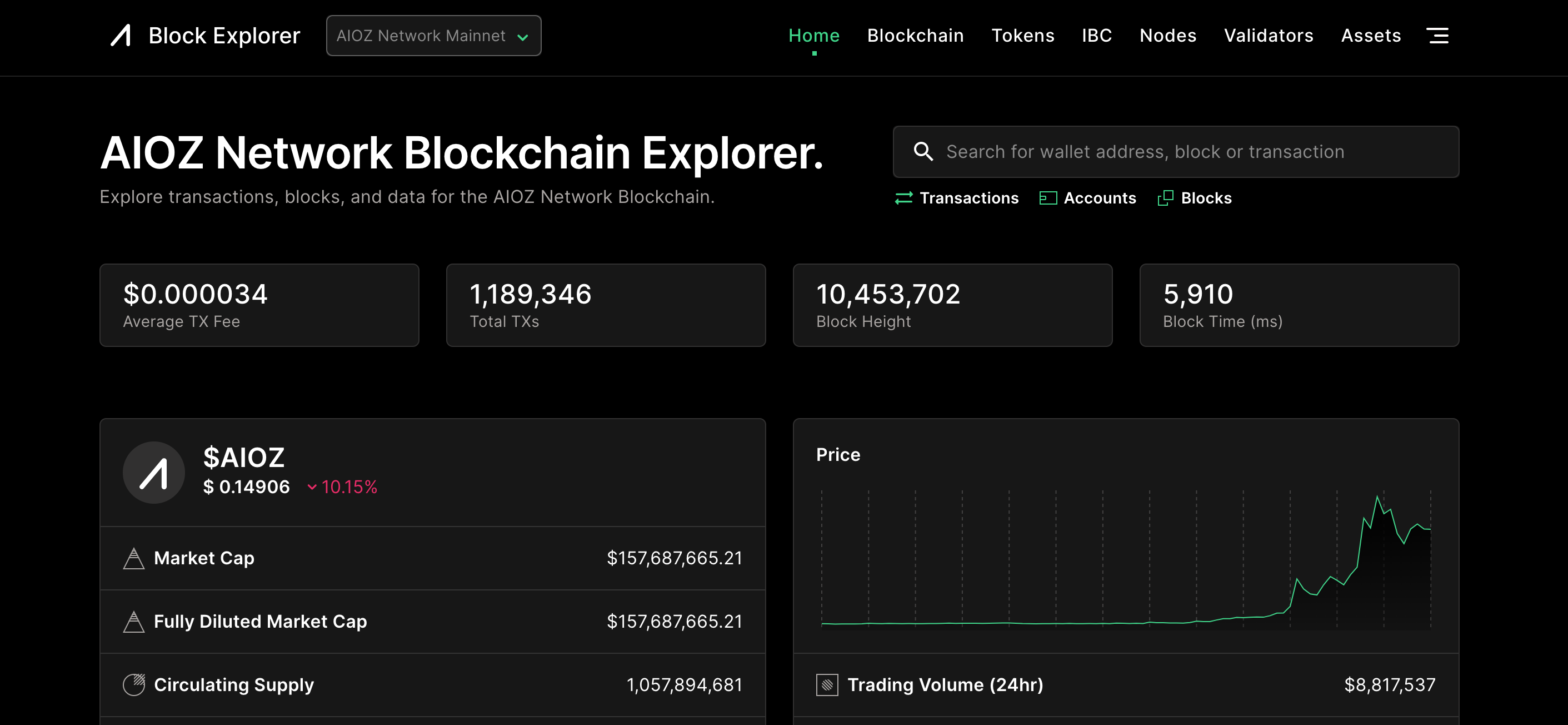
\ - Innovative dCDN Model:
AIOZ Network's distributed Content Delivery Network (dCDN) is built on its unique blockchain. It utilizes the unused memory, storage, and bandwidth from user devices, transforming them into a vast, user-powered CDN. This decentralized CDN approach can power streaming platforms anywhere in the world and represents a massive shift in the way we stream videos.
\ - Affordable & Fast L1:
AIOZ Network offers Instant Finality, thousands of transactions per second, and low transaction fees.
Cons:
- New and Untested:
As W3S is not released yet, the storage infrastructure has not yet been battle tested in public like the others listed in this article have. It will certainly be interesting to see how the platform as a whole performs and if the hype lives up to expectations as AIOZ Network onboards developers and businesses.
\ - Adoption:
As a relatively new network in the web3 storage space, with only about 12k native $AIOZ holders, AIOZ Network has a road ahead of it in terms of adoption; the key to success will be onboarding both web3 developers and enterprise web2 clients.
\ - Token Inflation:
A token inflation of 9% could be off-putting to potential stakeholders, but the team realized this and recently published a new tokenomics plan which is set to cut the inflation rate by 1% every year starting 25 Dec 2023, distributing proceeds to validators and using the remaining funds for ecosystem growth.
\
Conclusion
AIOZ Network is a new but comprehensive and very interesting dePIN solution that, if successful, will definitely compete with the other three projects in this article, as well as other web3 storage platforms not mentioned here.
\ Ultimately, the proof will be in the pudding for AIOZ Network and W3S - Will it live up to expectations? We will certainly see!
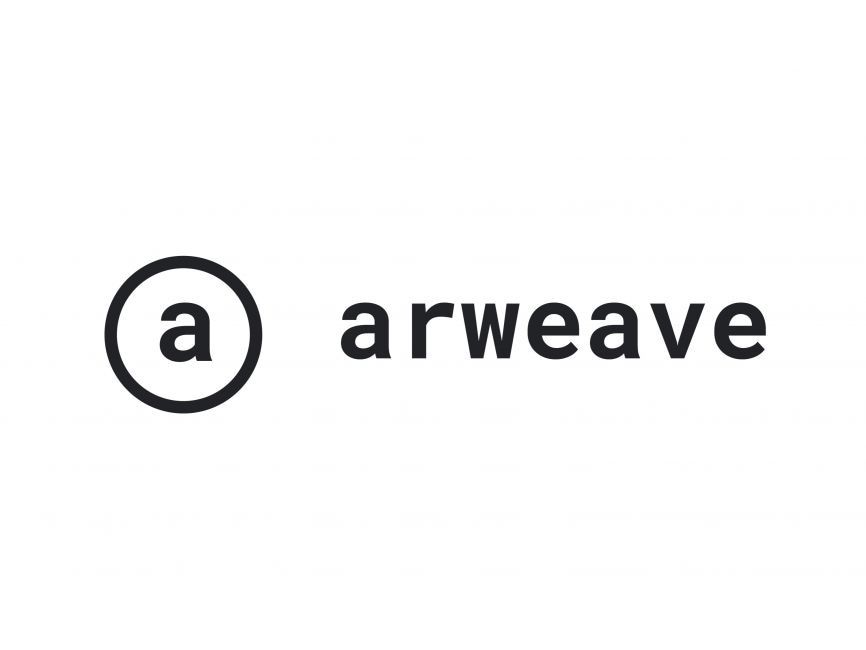
\
Arweave
Differing from the models offered by Filecoin, Storj, or AIOZ Network, Arweave focuses on permanent data storage. This is something that is still a struggle to achieve even in the world of web2. Arweave accomplishes this via the utilization of crypto-economic game theory, incentivizing miners to ensure data permanence, reliability, and availability. Arweave mainnet launched in 2018, so it is by no means a newcomer.
\ Arweave storage comes at a one-time, upfront cost; users pay for access once and get lifelong data storage, which could prove a great model due to its simplicity and transparency. Storage on Arweave is guaranteed for 200 years (a conservative estimate).
\ Another advantage of Arweave is that users are able to read their stored files on any traditional browser, with no need for a web3 wallet or any other form of blockchain product or service. This again lowers barriers to entry for traditional enterprise storage users or individuals.
\ 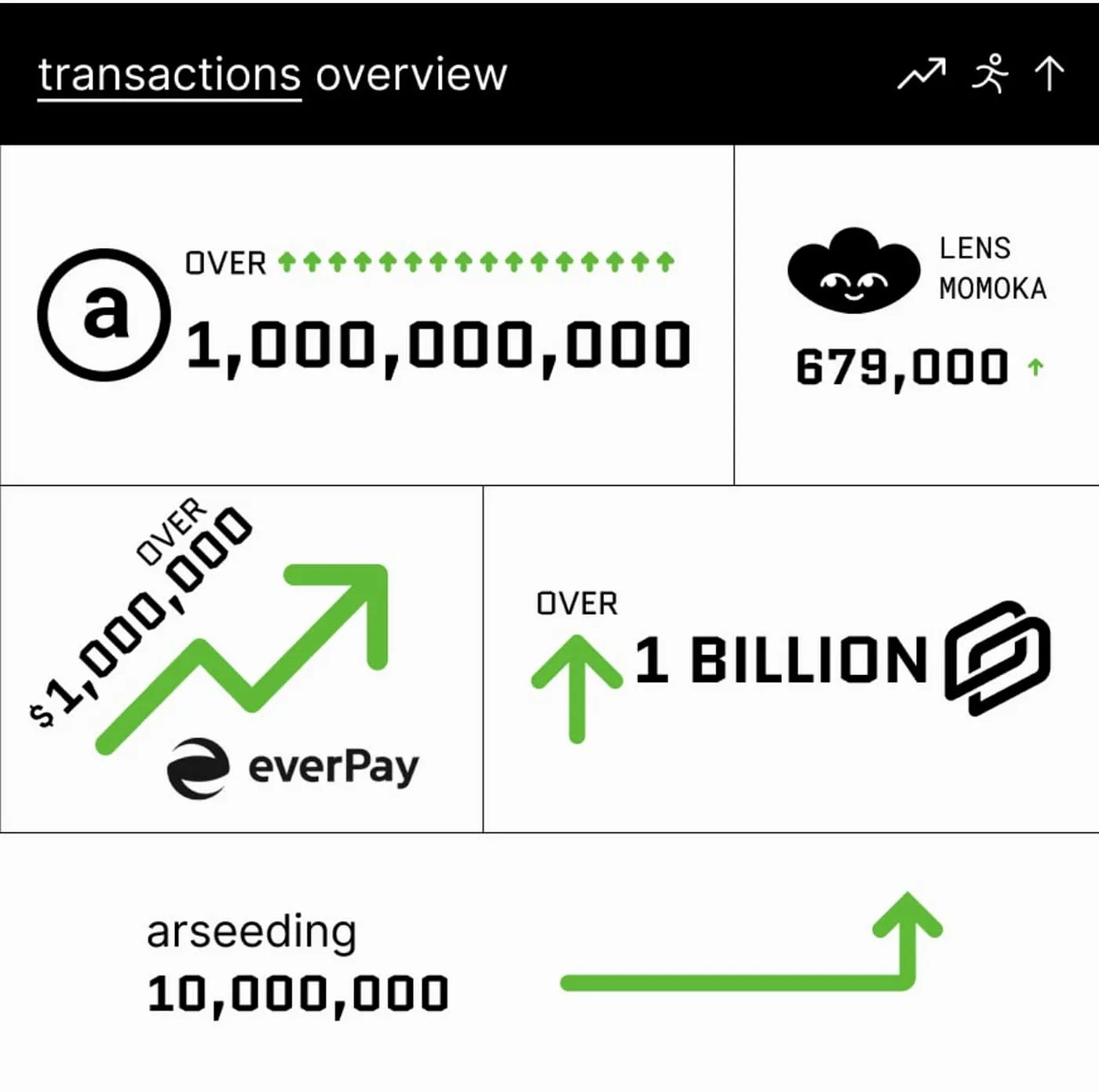
\ Arweave’s Network Size now exceeds 100 PB, with over 1 billion transactions recorded in September 2023.
\ The Arweave 2.6 upgrade back in September highlighted another major milestone for the company; technical hard drives can now participate in mainnet mining, competing to provide access to as many replications of the Arweave dataset as possible.
Stats:
Storage cost per month: ~$2.13/TB
Download Speed: 3.2Mbps \n Upload Speed: 2.76Mbps
Pros:
- Eternal Storage:
Arweave's standout feature is definitely its ability to store data - from documents to NFTs - forever with a one-time fee. It is ideal for those who seek long-term digital preservation.
\ - Blockweave Technology:
Ensures high data redundancy and permanence, cementing its reliability for lasting storage needs.
\ - Profit-Sharing Token System:
A unique feature that allows creators to monetize apps and platforms built on Arweave is a great touch and incentivizes stakeholders.
\ 
\ - User Friendliness
An easy to understand UI and access various no-nonsense tools highlights Arweave’s attempts to make it’s solutions more adoptable by the average user.
Cons:
- High Initial Cost:
Whilst a one-time payment might seem great, for larger data sets, this could end up being very steep; this could prove unfeasible for smaller businesses using lots of data e.g., AI startups and dApps.
\ - Limited Flexibility:
Being designed for permanent storage, Arweave may not be the best fit for dynamic or frequently updated data. This is more suited to hot storage platforms such as AIOZ Network or Storj.
\ -Community-Dependent Support:
Arweave is primarily reliant on its user community for support, which may vary in responsiveness.
\ - Data Retrieval Speed:
Arweave’s data retrieval speed isn’t promising for large needs like content streaming dApps that require rapid delivery and high quality in unison.
\ - Limited Smart Contract Functionality:
Compared to platforms such as AIOZ Network, Arweave’s smart contract capabilities are relatively limited as the project’s primary focus is data storage.
Conclusion
As a web3 storage provider offering a slightly different flavor of storage from the others, Arweave stands out. The platform has witnessed steady growth and offers simple payment options for “forever storage,” - But this requirement for upfront payment coupled with slow data retrieval speeds also singles it out for many of those who are looking for flexible storage with rapid speeds in an age of AI and streaming content delivery.
\ 
Final Thoughts
All four of the aforementioned projects show considerable promise in the rapidly evolving web3 storage industry. As the appetite for data continues to balloon, and with the emergence of AI, meaning a constantly growing requirement for data and training model storage, the stage is set for decentralized storage solutions to step in and deliver results.
\ There are considerable hurdles to overcome for all of these projects in various areas, but it’s undoubtedly an exciting time to be alive, and I look forward to seeing them grow!
\ Did I miss any great web3 storage solutions? What are your thoughts on the above projects?
Let me know on my Twitter page!
\
from HackerNoon https://ift.tt/hWujrJE
https://ift.tt/JuCKHyc

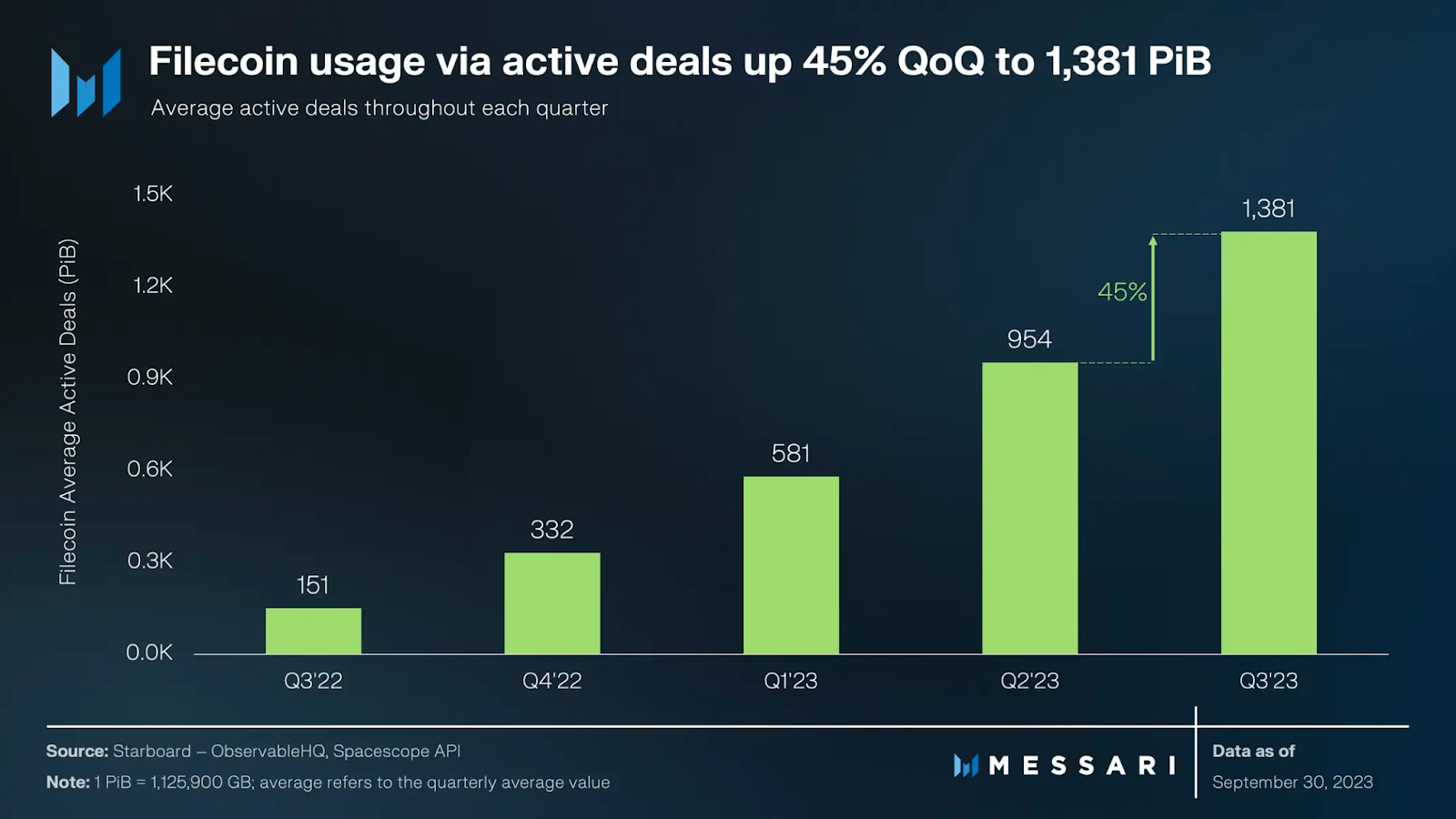

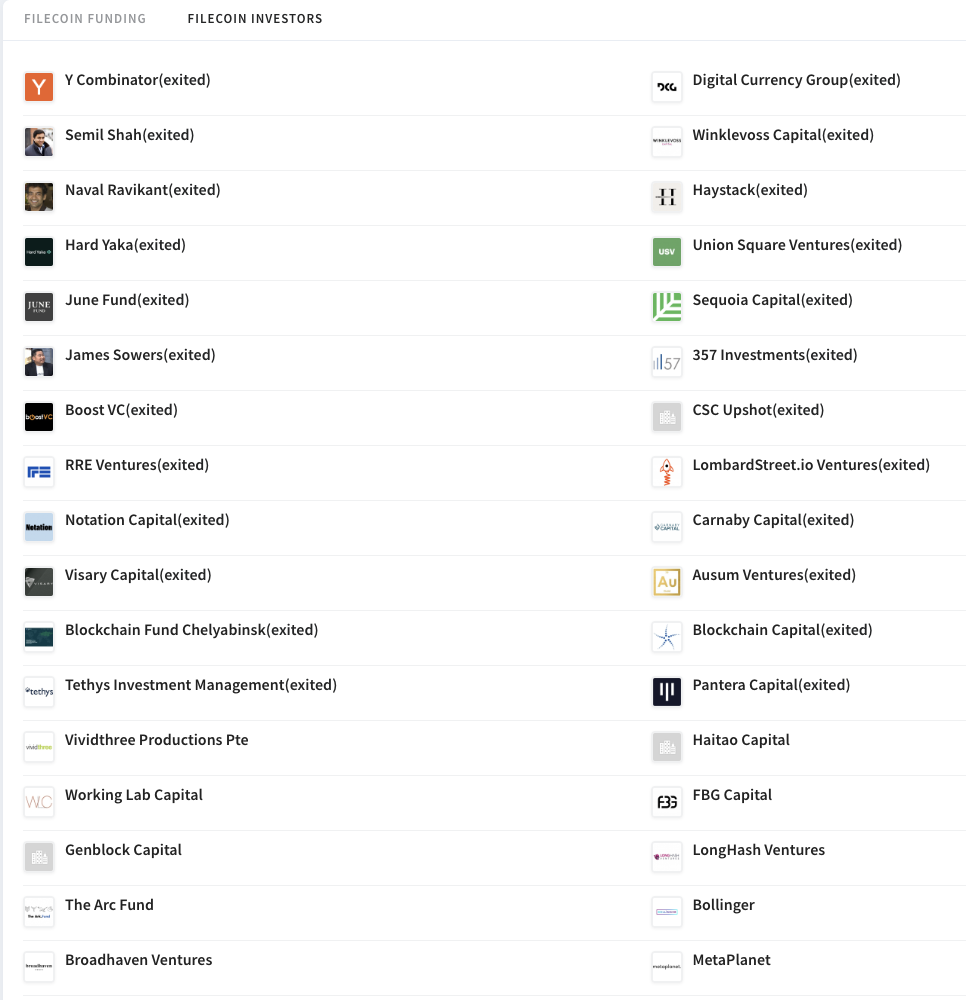
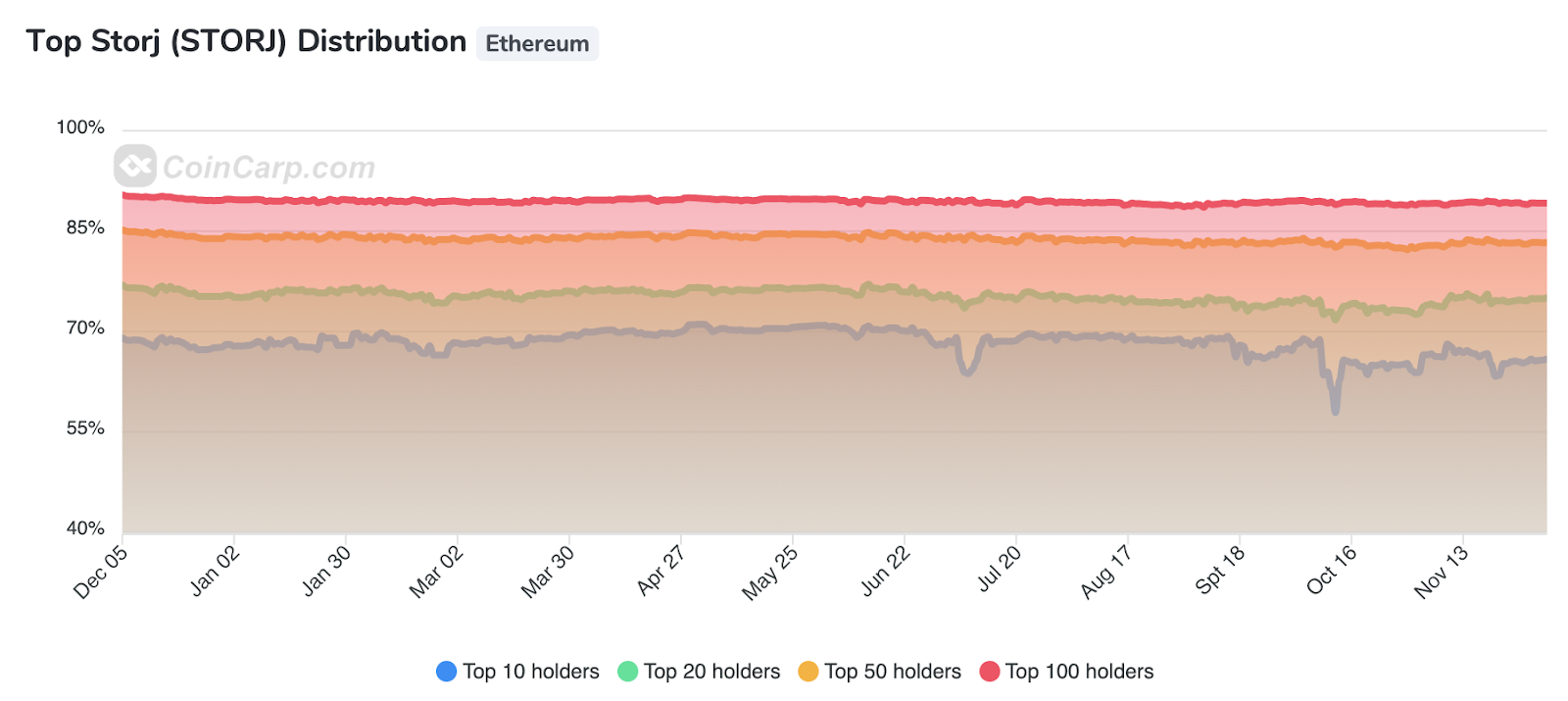
Comments
Post a Comment